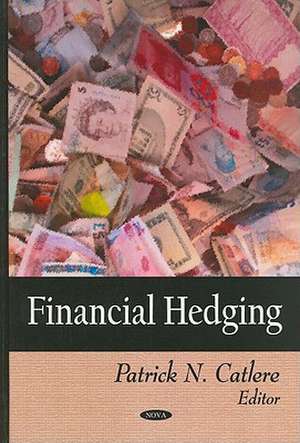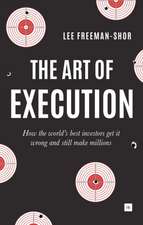Financial Hedging
Editat de Patrick N. Catlereen Limba Engleză Hardback – 24 mar 2010
Preț: 654.49 lei
Preț vechi: 888.97 lei
-26% Nou
Puncte Express: 982
Preț estimativ în valută:
125.25€ • 136.00$ • 105.21£
125.25€ • 136.00$ • 105.21£
Carte disponibilă
Livrare economică 01-15 aprilie
Preluare comenzi: 021 569.72.76
Specificații
ISBN-13: 9781606926659
ISBN-10: 1606926659
Pagini: 271
Ilustrații: tables & charts
Dimensiuni: 182 x 264 x 24 mm
Greutate: 0.79 kg
Editura: Nova Science Publishers Inc
ISBN-10: 1606926659
Pagini: 271
Ilustrații: tables & charts
Dimensiuni: 182 x 264 x 24 mm
Greutate: 0.79 kg
Editura: Nova Science Publishers Inc
Cuprins
Preface; Homogeneous and Non-Homogeneous Semi-Markov Backward Credit Risk Migration Models; Towards an Integrated Theory of Corporate Hedging and Capital Structure Decisions; Probability Weighting in Futures Hedging; Hedging Effectiveness with S & P 500 Index Futures under Different Volatility Regimes; American and European Portfolio Selection Strategies: The Markovian Approach; Hedging, Liquidity, and the Multinational Firm; Cross-Hedging for the Multinational Firm Under Exchange Rate Uncertainty; Option Pricing and Hedging in the Presence of Transaction Costs and Nonlinear Partial Differential Equations; Time Horizon-Specific Hedging in Commodity Markets; Simultaneous versus Separate Hedging Strategies; Index.












